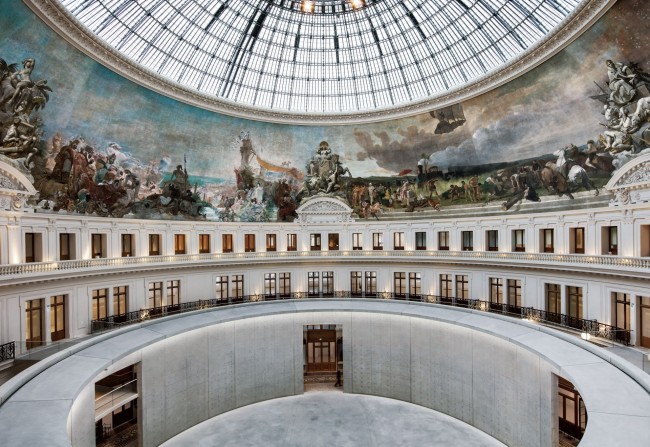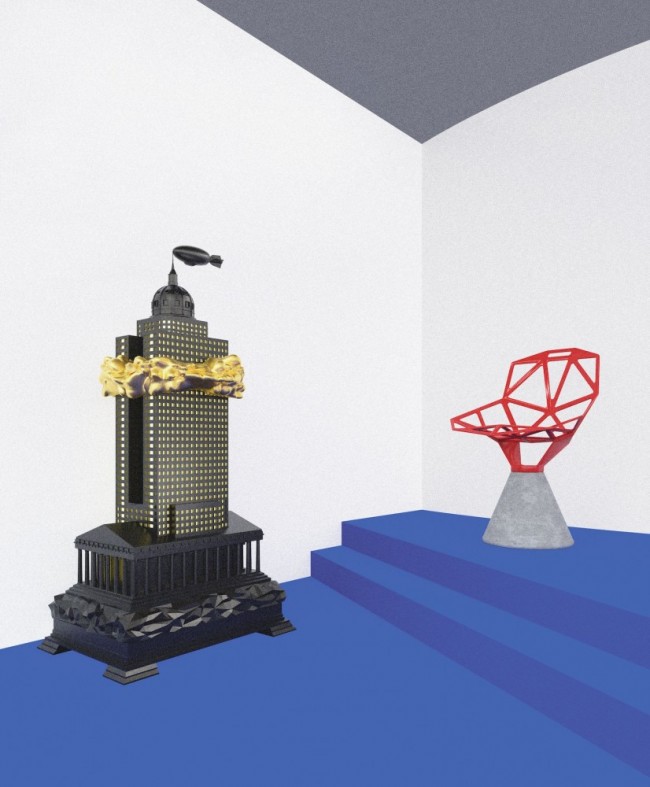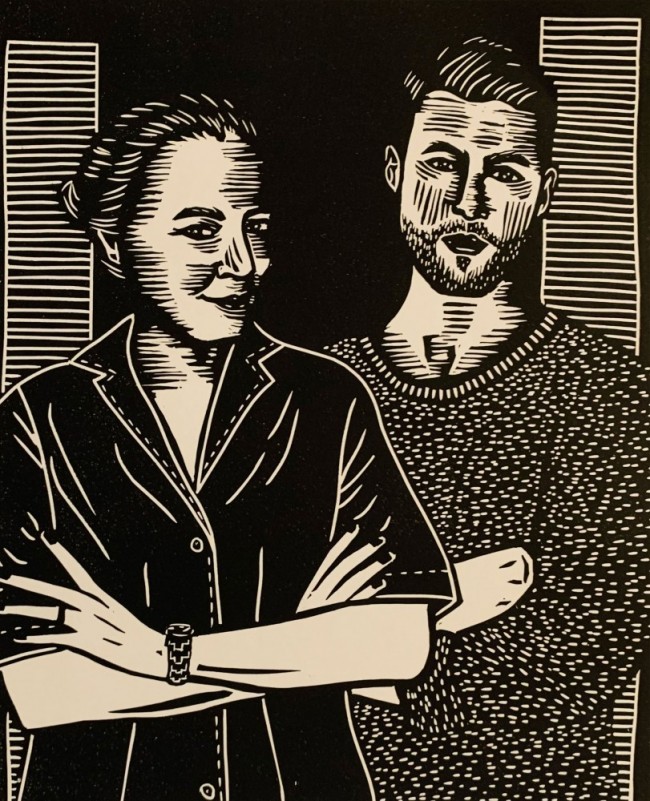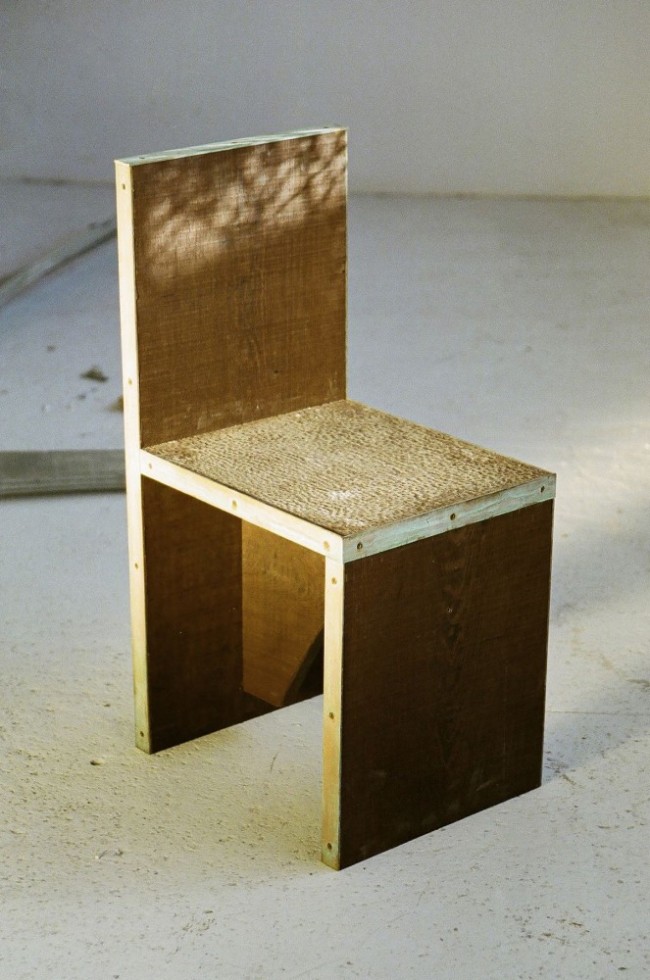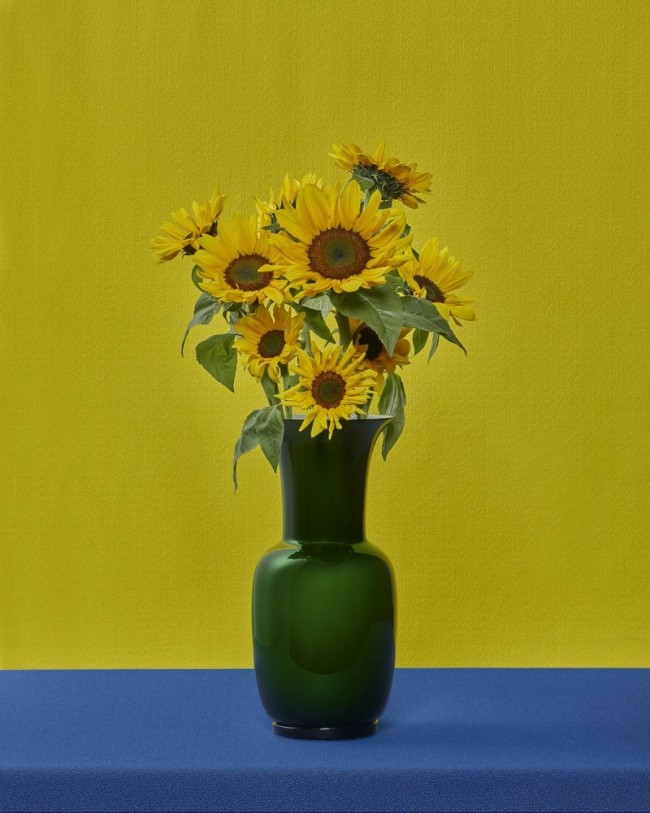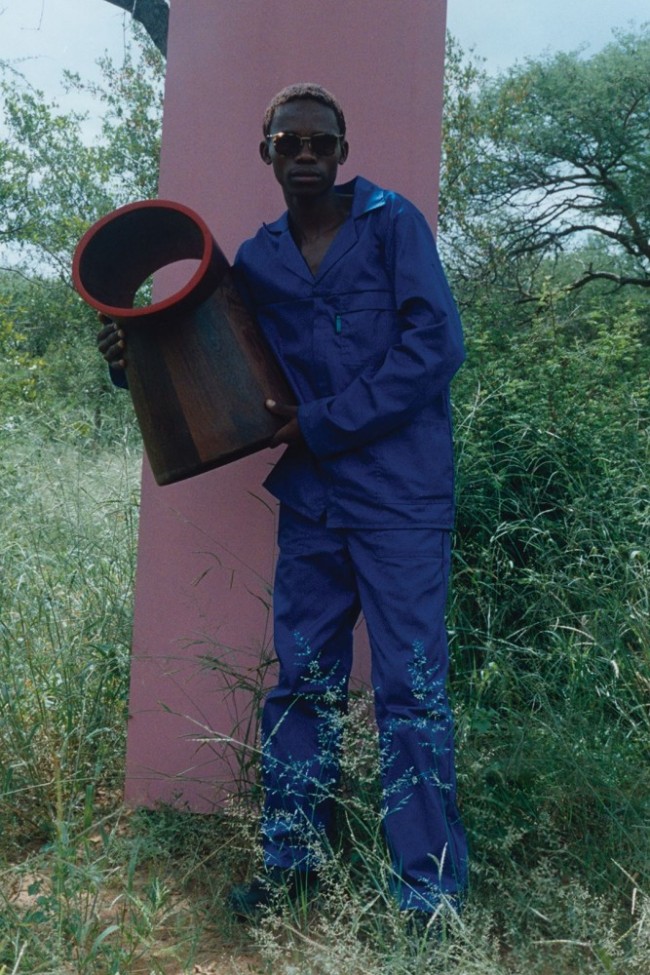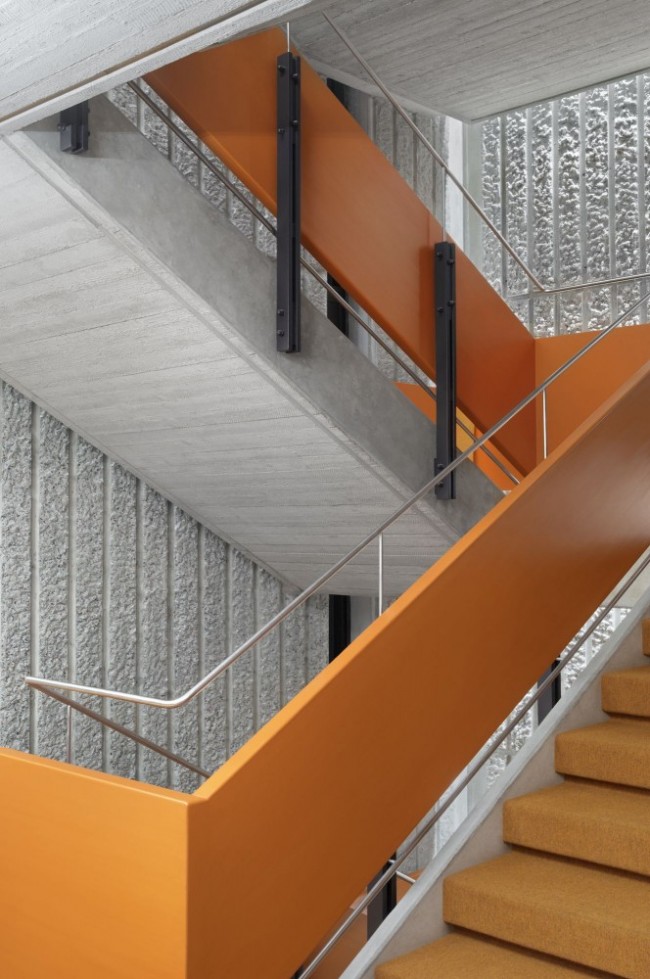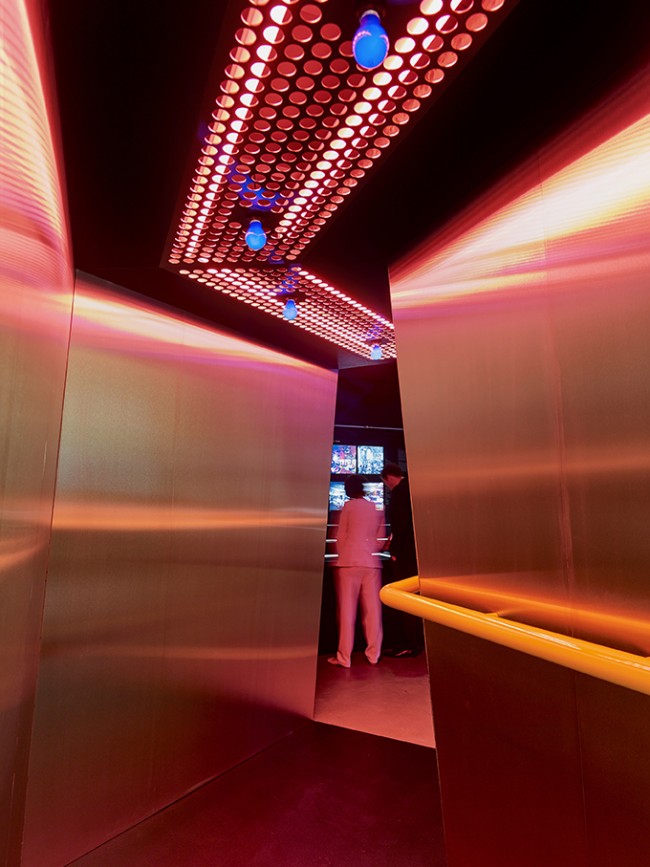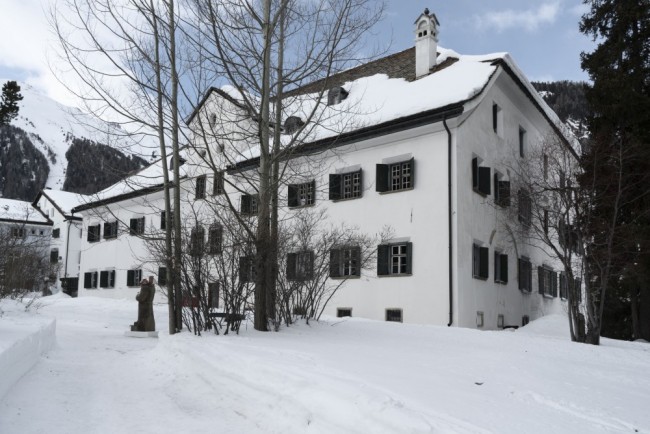ASHEN PERFECTION: FormafantaSma’s Volcanic Glazed Tiles

Formafantasma’s ExCinere volcanic ash-glazed porcelain tiles for Dzek. Photographed by Adrianna Glaviano for PIN–UP.
For thousands of years, the rumblings of Mount Etna have fueled the imaginations of artists — from the poems of Homer, Virgil, Ovid, and Emily Dickinson to the films of Luchino Visconti, Franco Zeffirelli, and Pier Paolo Pasolini. The works of these practitioners reflect the creative-destructive duality of the volcano, reenacting its spectacular and confounding performances at a remove through a distant gaze or lens. Ironically, these contemplative works unfold largely through a vocabulary of materials and material processes, craft and production, from the mythological workshop of Vulcan, the god of fire (Virgil), to a rose mold in which brimstone and clayish soil burn (Ovid), from Dickinson’s garnet tooth to the streets carved out of lava that Goethe described in his Italian Journey. Etna’s perilous volatility, crossed with the enduring particularity of its geological context, makes its tactile manifestations all the more captivating to humans who covet its productive power.
Formafantasma, the Amsterdam-based Italian design duo, has been researching the volcano for a decade — a short time span in the life of Etna, but one that dates to the studio’s founding by Simone Farresin and Andrea Trimarchi after their graduation from Design Academy Eindhoven. On a trip to Trimarchi’s hometown of Catania, Sicily, a tour of the volcano turned into an unexpected encounter with an eruption: thunderous clouds of ash, disturbances in the magnetic field which made their electronic devices malfunction, and large stones expelled from the volcano (an auspicious wind blew them in the opposite direction). Already fascinated by traditional knowledge about materials and craft in the Mediterranean, Formafantasma’s research interests were further piqued by the discovery of 1970s souvenirs made by pouring molten lava directly into metal molds. Although such methods were no longer possible due to Etna’s shift from effusive to explosive eruptions, Formafantasma found a diverse material palette, from obsidian to basalt to ash, that was open to their experimentation.
-
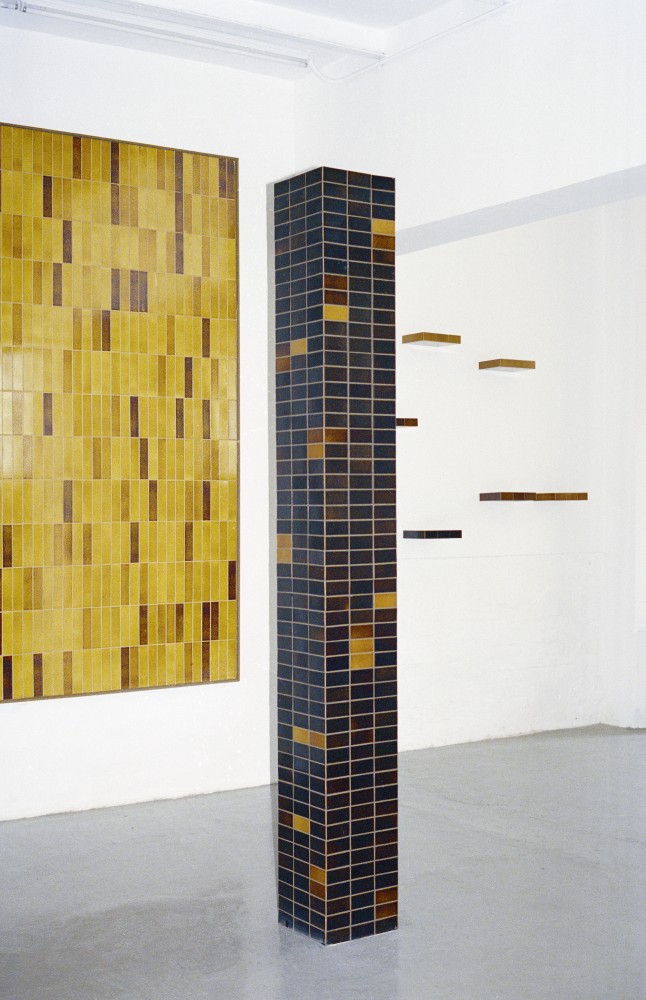
ExCinere was developed by design duo Formafantasma in collaboration with Dzek, a London-based company specializing in innovative architectural materials. Photographed by Adrianna Glaviano for PIN–UP.
-

A floor of ExCinere tiles presented in Milan during 2019 Design Week. Photographed by Adrianna Glaviano for PIN–UP.
ExCinere, the studio’s latest project, follows in the steps of their earlier work De Natura Fossilium, which related to volcanic materials through handicraft. Commissioned by London-based architectural-component company Dzek (the force behind the popular Max Lamb Marmoreal terrazzo) and launched during Milan Design Week 2019, ExCinere is the culmination of extensive original research into the potentials of the raw matter found in situ at Mount Etna. Working closely with Dzek’s founder Brent Dzekciorius, Farresin and Trimarchi have set out to challenge the standard resolution process for an industrial product, where the desire for a predetermined aesthetic outcome guides all decisions. “It may be a banal observation,” they say, “but the question of where a material comes from as a parameter for the development of a product has simply no relevance in the industry.”
ExCinere pursues one strand of Formafantasma’s research, in which they melted volcanic ash onto a clay body, to its functional conclusion, culminating in a range of ash-glazed ceramic tiles produced between Sicily and Emilia-Romagna (a center of European tile production). Wanting to keep the glazing composition as “pure” as possible, the ash is mixed with only one additional ingredient — a flux to reduce the firing temperature. In the final version, four shades of glaze mark a spectrum between honey yellow and deep brown: the color is determined by the concentration of iron in the lava. Meanwhile, the evenness and opacity of the surface texture depend on the size of the ash granules. Although the range of possible finishes is much wider, the limited selection reflects Formafantasma’s duality after a decade of studio practice. On the one hand, they prioritized results that could be achieved efficiently and affordably according to the logistical constraints of industrial manufacture; on the other, they ruled out options that would require extra oxides, which would necessarily involve mining (volcanic ash can be collected above ground).

The ExCinere tiles are available in two sizes and four volcanic-ash glazes. Photographed by Adrianna Glaviano for PIN–UP.
This methodology is part of a larger design ethos for Formafantasma, whose research and experimentation is increasingly channeled into two typologies — detail-oriented, pragmatic industrial products or narrative, mixed-media, and public-oriented platforms on contemporary issues related to materials and energy. Inevitably, the choices made about material sourcing in ExCinere were informed by findings from previous studio projects like Ore Streams, which explored the logistics and politics of metals extracted from the ground — part of an ongoing critical stance towards assumptions in both the design industry and the cultural field. In the former, the need to remove any potential sources of friction leads to an irrational version of “efficiency” with externalized social and environmental costs; in addition, the need for branding and marketing puts an onerous demand on an exaggerated sense of design authorship that may be at odds with collective notions of heritage, context, or urgency. In the cultural field, meanwhile, design research can manifest as a “lecture in 3D” when designers are more concerned with demonstrating their expertise than communicating a powerful message that transcends content and seeps through aesthetics, formats, and programming.
As Trimarchi and Farresin put it, “It can be a failure if the objects are too powerful and distract from the research. We have to frame our work so that people can engage with the entire presentation, including our films, texts, images, and information. That’s what we feel is missing. We expect certain kinds of language from art, but not from design, whereas we can also use design as a medium to discuss topics in critical detail. The materiality is not a tool to illustrate an idea but to make it real.” ExCinere is one strand in a complex body of studio work that mobilizes resources towards a shift in material and conceptual engagement with the larger world.
Text by Tamar Shafrir.
Photography by Adrianna Glaviano for PIN–UP.
The ExCinere tiles are available through Dzek.

